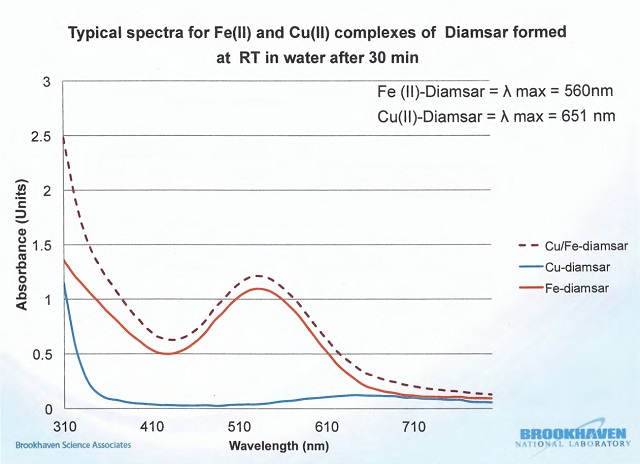Brookhaven National Laboratory, a multi-purpose research institution with close links to the U.S. Department of Energy’s Office of Science, has recently been evaluating the Hidex Sense Microplate Reader’s ability to detect metal ions such as Cu, Ni, Co, Zn and Fe.
During a three week intensive test, scientists in the Collider Accelerator Department at the facility explored the instrument’s capabilities. The team were particularly keen to observe the UV/VIS absorption function to determine spectra for the various metal complexes formed. Then they evaluated them using the kinetic function of the system.
The team produced some interesting results and were pleased with the performance of the instrument which allowed them to obtain complete absorbance spectra and readings over a range of wavelengths from 230 to 1000 nm. In addition to the results the team also found the instrument easy to use and appreciated its ability to export spectra generated by its software.

During the course of the evaluation some issues were raised relating to the export of spectral data to excel from kinetic runs and the setting of the wavelength range of spectral data export. The team at Hidex immediately set about making these improvements and have now updated the software accordingly.
Always responsive to the needs of the customer, Hidex actively encourage the scientific community to engage in the process of product development. Indeed, the Sense is already evolving, with an LSC model about to be launched and a range of new features for the software arriving soon, these are exciting times for users of this versatile instrument.